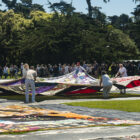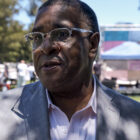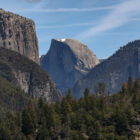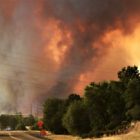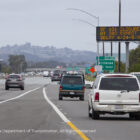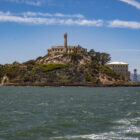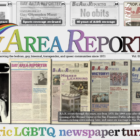HIV & AIDS
After SF Visit, AIDS Quilt Heads to South to Raise Awareness
The AIDS Memorial Quilt was unfurled recently in San Francisco’s Golden Gate Park for its largest display in a decade, marking the start of a campaign to educate the public about a disease that, since 1981, has infected 1.2 million people nationwide.
While new HIV infections in the United States have been in decline, the disease continues to take a disproportionate toll on racial and ethnic minorities, men who identify as gay or bisexual, and other men who have sex with men. The highest rates of new infections and numbers of untreated people are found in the South.
Organizers estimated that 20,000 people visited the San Francisco quilt display June 11 and 12. This fall, sections of the quilt will be taken on a tour of the South for “large displays in city centers, as well as smaller displays in rural, non-metro areas,” said Dafina Ward, executive director of the Southern AIDS Coalition. New names will be added to the 35-year-old quilt during the tour, she said.
